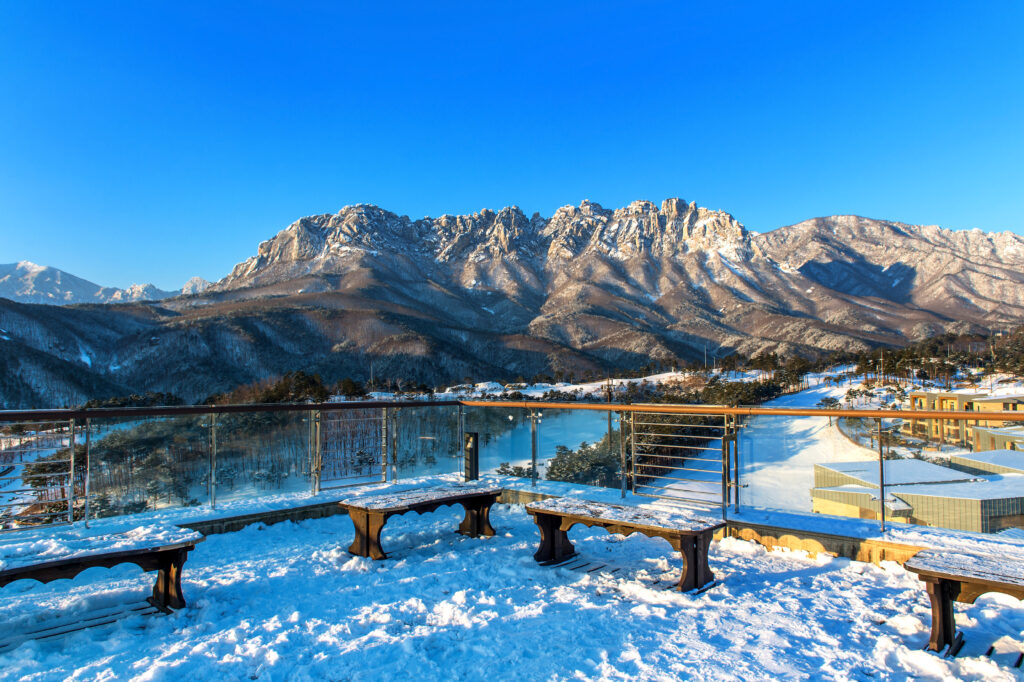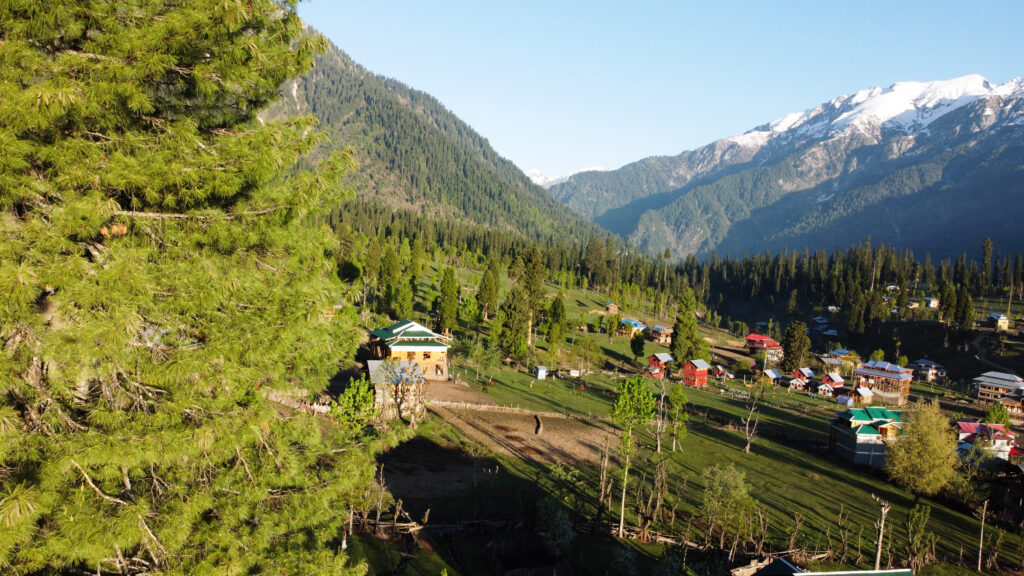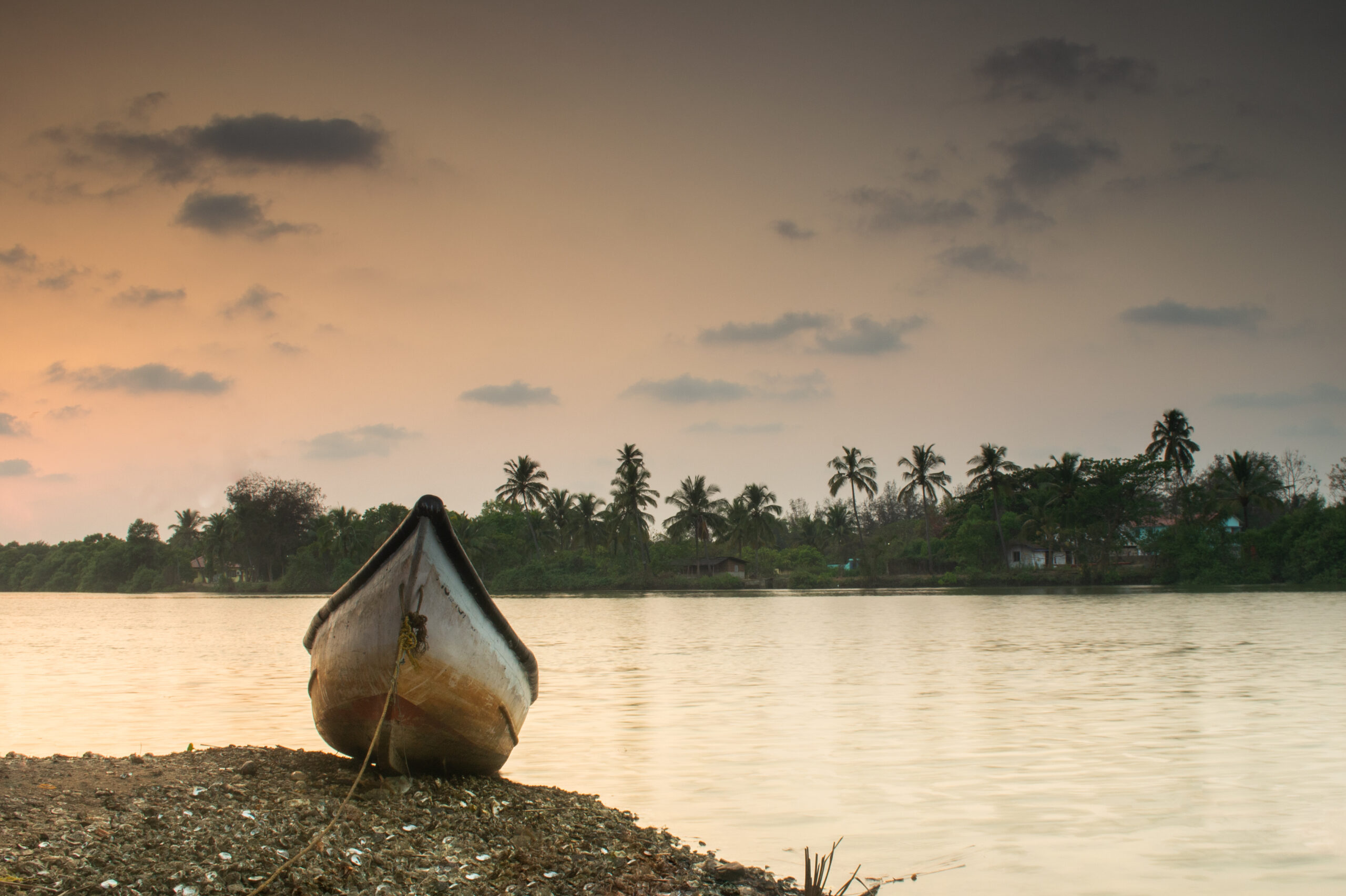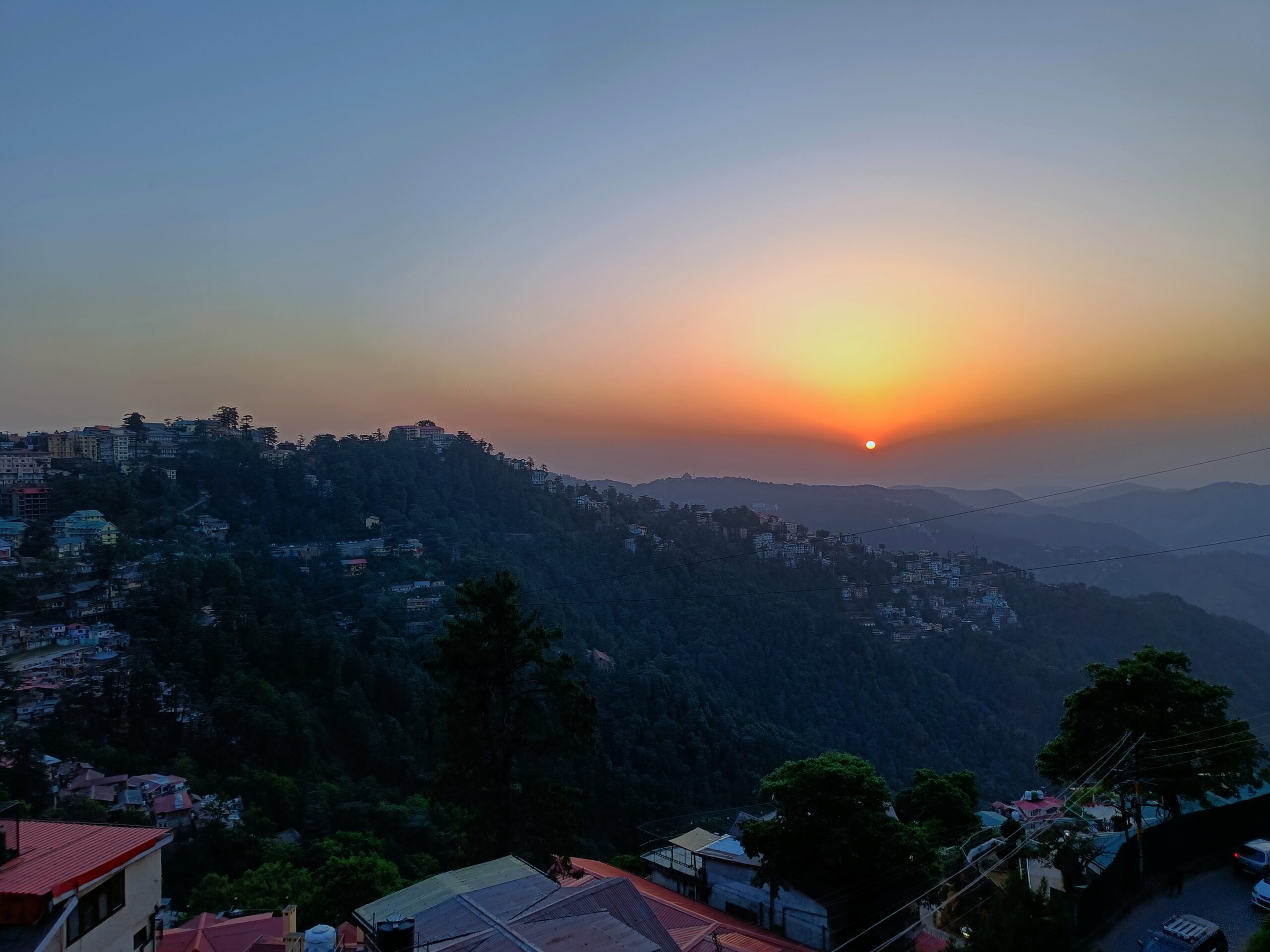Explore the Indian wilderness!
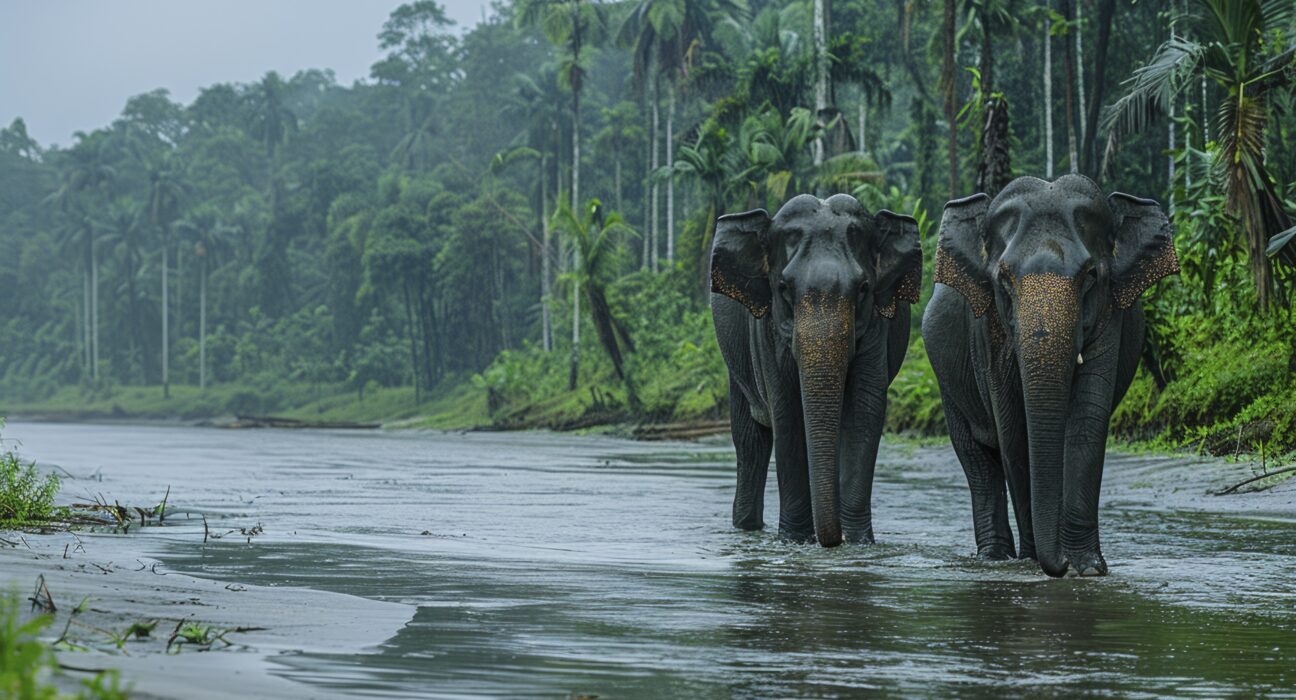
National parks in India for camping with the wildlife
- Explore the Indian wilderness!
“Everything in nature invites us constantly to be what we are.” -Gretel Ehrlich.
Nothing in the world compares to the enjoyment and thrill of observing wild creatures in their
natural environments. India’s national parks, wildlife sanctuaries, and game reserves all make
the claim to be able to provide adventurous visitors with a close encounter with the wild and the
thrill of seeing animals in their natural environment. During the monsoon, the majority of
national parks are closed. The safaris are conducted in the morning or evening, when the jungle
is at its busiest. A truly fantastic experience is staying close to wildlife and surrounded by natural
environment.
- Kanchenjunga National Park-

This national park is named after the third-highest mountain peak in the world and is tucked
away in the Himalayas. This National Park, which is situated at a whopping 8586 metres,
was just recently added to the list of UNESCO World Heritage sites. It also has stunning
views and is India’s first “Mixed Heritage” site.
Serow, Goral, Musk Deer, and Dhole are some notable mammals, along with the Snow
Leopard, Sloth Bear, Tibetan Wild Ass, Himalayan Tahr, and Himalayan Blue Sheep.
The Himalayan Griffon, Tibetan Snowcock, Sunbird, Blood Pheasant, Osprey, Satyr
Tragopan, and Bearded Vulture are prominent birds.
- Jim Corbett National Park-

The Jim Corbett National Park, India’s first national park, was established in 1936 to
safeguard the magnificent Royal Bengal Tigers. One of the significant national parks in
India, Jim Corbett National Park is adjacent to Nainital and is a popular location for those
seeking to see tigers. Numerous types of deer, leopards, jackals, red foxes, black bears, sloth
bears, and monkeys are among the other creatures that can be seen in this area. Trekking
through the park is an additional option, albeit one that requires a guide.
- Kaziranga National Park-

Assam’s Kaziranga National Park, known as the “Big Five” habitat, is the ideal location to
see some wild creatures like rhinoceroses, tigers, elephants, wild buffalo, and swamp deer. It
is one of India’s most diversified national parks and was designated a World Heritage Site by
UNESCO because it is located in an area of the Eastern Himalayas that is rich in
biodiversity. Elephant safaris are also offered in the morning, and tourists can choose to go
on a jeep safari in the early morning or late afternoon.
- Gir Forest National Park-

One of the best sites to see wild Asiatic lions in their native habitat is the Gir Forest National
Park and Wildlife Sanctuary in Gujarat. When it first began, there were only 12 lions
present; today, there are around 600.
The Four-horned Antelope, Sambar, Chinkara, Blackbuck, Wild Boar, Nilgai, Striped Hyena,
Bengal Fox, Golden Jackal, and Spotted Deer are among the prominent mammals.
The Tawny Eagle, Crested Hawk Eagle, Crested Serpent Eagle, Bonelli’s Eagle, Painted
Stork, King Vulture, and Pelican are prominent birds.
- Sundarban National Park-

The Sundarban National Park is a Tiger and Biosphere Reserve on the Ganges Delta and is
situated in West Bengal. The Sunderban National Park is a large wetland forest and has been
recognised as one of the greatest UNESCO World Heritage Sites. Tourists can see Royal
Bengal Tigers relaxing in the woodland waterways here. There are no walking excursions or
jeep safaris available; the only way to traverse the park is by boat. This national park’s tigers
have learned to swim in the area’s salty waterways, which is another distinctive feature.
- Sariska National Park-

In Rajasthan, there is a sanctuary for Royal Bengal Tigers called Sariska National Park. One
of the first tiger reserves in India to successfully move tigers was Sariska.
The Ruddy Mongoose, Indian Hare, Grey Langur, Indian Leopard, Golden Jackal, Jungle
Cat, Nilgai, Small Indian Civet, and others are notable mammals.
The Crested Serpent Eagle, Rain Quail, Jungle Bush Quail, Peafowl, Indian Eagle-owl,
Golden-backed Woodpecker, and other well-known birds are also found.
- Ranthambore National Park-

Ranthambore National Park, one of North India’s biggest national parks, has an area of 392
square kilometres. Since 1974, it has served as a shelter for Royal Bengal Tigers as a part of
Project Tiger. A fortress located inside the national park’s boundaries is a well-liked tourist
attraction. Ranthambore, in Rajasthan’s Sawai Madhopur region, was the birthplace of
Machli, the most well-known and dangerous tigress in the world. She has been in numerous
National Geographic and Discovery Channel documentaries over the course of her life. The
renowned Ranthambore Fort is another attraction in the park, which contributes to its
historical value.
- Periyar National Park-

The Periyar Tiger Reserve, another well-known national park in Kerala, is named after the
Periyar River. Along with numerous fish, reptiles, birds, and other species, the stunning park
also has beautiful elephants and royal tigers. The park is renowned for its tranquilly, lush
surroundings, and extraordinary fusion of beauty and adventure. It is conceivably India’s
largest national park. Boat tours, jungle excursions, and ecotourism activities including
bamboo rafting, jungle patrol, bamboo grove, periyar tiger trail, jungle camp, border
trekking, jungle inn, and bullock cart explorations are all available to you. Thousands of
tourists are drawn to the area each year by the variety of activities.
- The great Himalayan National Park-

One of the most recent additions to the UNESCO World Heritage Site list is the Great
Himalayan National Park, which is situated in the Himachal Pradesh province’s Kullu
region. It currently supports more than 375 species of fauna, including 181 species of birds
and 31 species of mammals. In 1999, it was given national park status. In April, May,
August, and September, this lovely park hosts a few fairs. The park is a haven for nature
enthusiasts as well as a fantastic area for tourists to unwind from the city’s bustle.
- Hemis National Park-

Kashmir’s stunning valleys are home to the Hemis National Park. The Hemis National Park
is thought to have the greatest concentration of snow leapords on earth. It is more than
10,000 feet above sea level, making it the perfect place for hikers and adventure seekers.
Fans of camping will also appreciate the opportunity to pitch a tent amidst the snow-capped
mountains and clear night skies.
Snow Leopard, Tibetan Sheep, Ladakhi Ural, Red Fox, Himalayan Wolf, Himalayan Brown
Bear, and Blue Sheep are prominent creatures.
The Himalayan Griffon Vulture, Golden Eagle, and Bearded Vulture are prominent birds.
India’s national parks provide a hazy impression of the biological, animal, and topographical
diversity of the nation. The possibility of sleeping in the bush under the stars is an extra perk of
visiting such locations. Not only that, but you also get a sense of the country’s geographical
diversity in various locations.



